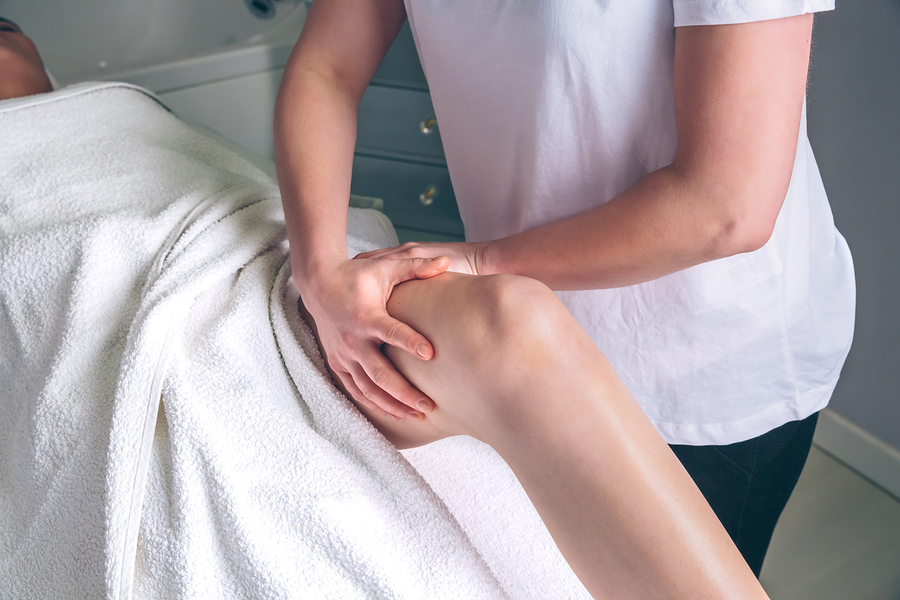Treating persistent swelling
In the previous articles we discussed the issue of swelling that does not go away, some of the more common causes of swelling, and simple strategies that can be used to address the swelling.
So, what can you do if the swelling does not go away?
Often times your medical provider will refer you to a Physical or Occupational Therapist that specializes in treating persistent swelling called a lymphedema specialist or lymphedema therapist.
What will a lymphedema therapist do to help with the swelling?
There are various techniques used to treat swelling and these techniques include:
-
Edema massage
-
Compression pumps
-
Compression wraps
-
Compression garments
-
Exercise/Activity
Edema massage
Lymphedema therapists use a special gentle massage that stimulates the lymphatic system to take fluid from the interstitial space. Most importantly the large molecules are moved out of the interstitial space along with the fluid clearing the space for normal fluid movement.
Compression pumps
Some therapists are making use of sequential compression pumps which is an inflatable sleeve that mimics the hands-on massage techniques of the therapist. These devices can allow for more frequent treatments and can be used in cases where access to therapy may be a challenge. A device can be set up and clients can be trained to apply the device in their own home.
Compression wraps
Following edema massage the therapist will typically apply some type of compression in the form of wraps or a sleeve. The purpose of the compression wrap is to support the area to discourage swelling from returning and also to continue to stimulate the lymphatic system and encourage further reduction in swelling.
Compression garments
Once the swelling is reduced it may or may not return depending on the individual circumstances. The therapist may measure and fit the person with a compression sock or sleeve. The use of a compression garment is to support and maintain the reduction in swelling that has been achieved. Sadly lymphedema therapists see many cases where clients were provided compression garments by well meaning, but uninformed medical providers as a method to reduce the swelling. This is a painful, potentially dangerous, and a largely unsuccessful method that makes clients skeptical of further intervention. Applying compression garments alone does get rid of the fluid, however it leaves all of the large molecules behind which act as a sponge to bring back the fluid once the compression garment is removed. With increased awareness and design methods, garment manufacturers have developed a wide variety of garments to suit all tastes and styles from athletic socks to fashion wear.
Exercise
Throughout the treatment process lymphedema therapists will incorporate exercises and encourage activities such as walking or swimming to help clear the fluid and assist in reducing swelling.
Closing remarks
If you have swelling that has not responded to simple treatments or is persistent I encourage you to talk to your medical provider or look into lymphedema therapists in your area to begin managing your swelling and improving your health. Please feel free to leave a comment or ask additional questions in the comment section below.
Steve Johnson DPT is a physical therapist from the La Crosse area with over twenty years of clinical practice experience and has been lymphedema certified therapist since 2004.



wsdfghgfd
Заказать дубликаты номерных знаков
Дубликат номера